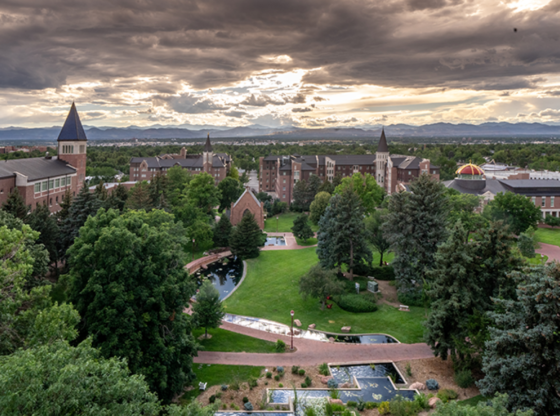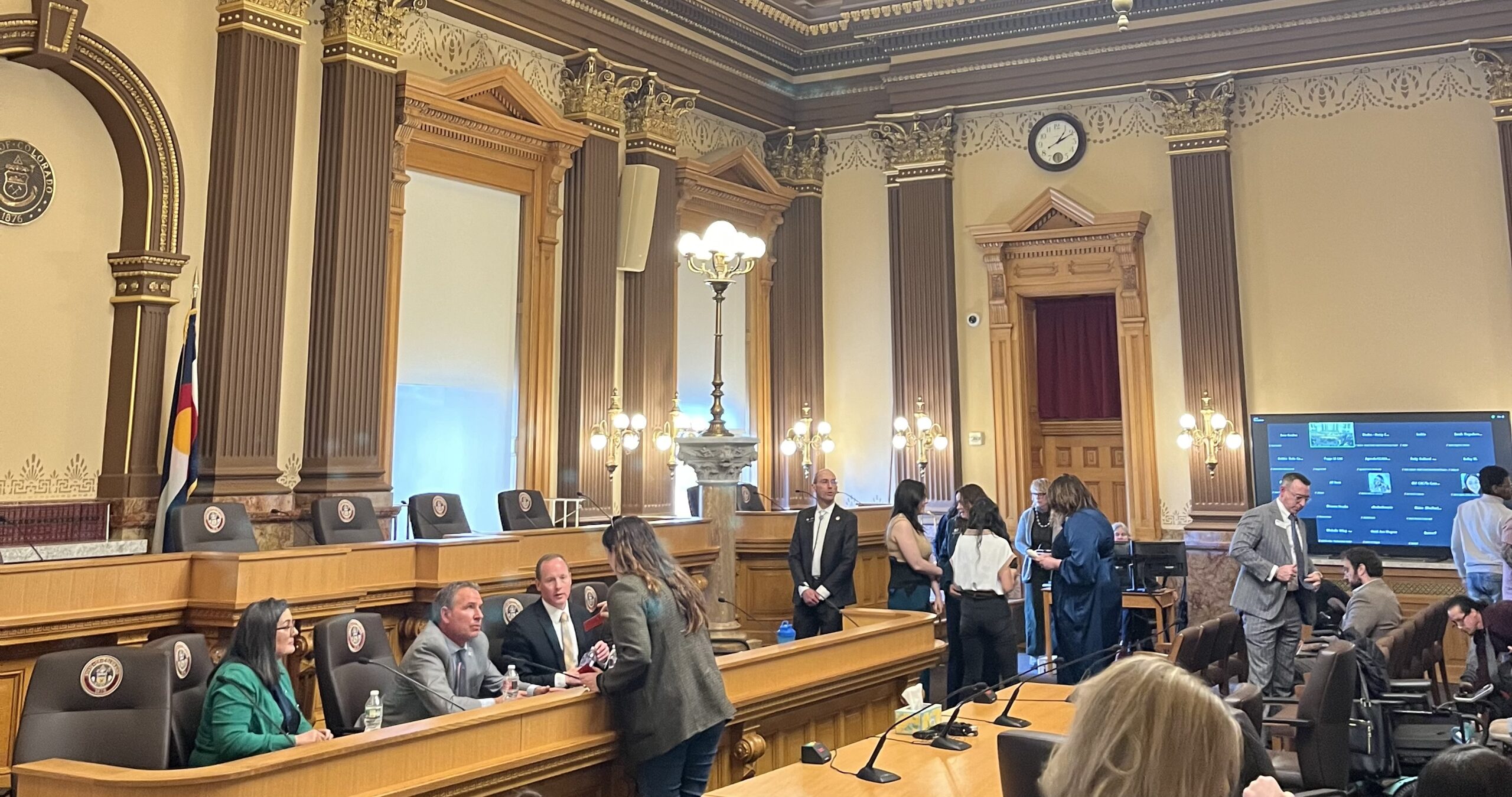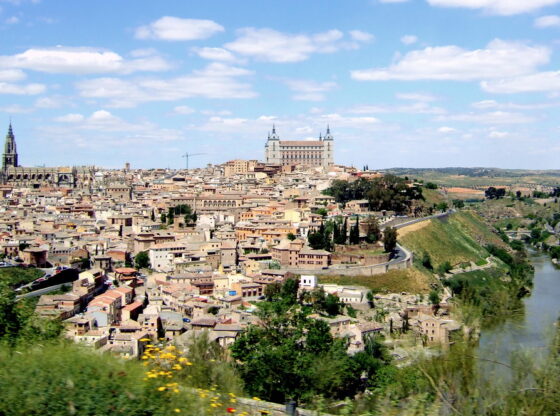A decade after it was almost ruined by financial woes, the University of Denver campus underwent the largest architectural makeover in its history.
The recently released book, “Built for Learning,” tells the story of DU’s physical transformation and details the lives of Chancellor Emeritus Dan Ritchie, Architect Emeritus Cab Childress and the other influential people who helped create the campus that exists today.
Featuring hundreds of color photographs, the 200-page book traces Ritchie’s efforts to create a campus that reflected the quality of the institution and the beauty of the Colorado landscape while maintaining a unique architectural philosophy.
“I think the physical campus should reflect the soul of the place,” said Ritchie in a recent interview. “The campus should reflect the quality of what we had and what we wanted to be.”
When Ritchie became chancellor in 1989, he saw that there was a lot of work to be done aesthetically. University Hall had a dirt floor while other buildings simply weren’t being used.
His philosophy was to make DU the Rolls Royce of campuses.
“We wanted to do buildings that would last 500 years, 1,000 years and be as beautiful then as they are now,” Ritchie said.
And that melded well with Childress, the university architect Ritchie hired for the project, which cost approximately $500 billion in total to complete.
“He was thoughtful and was the kind of person who didn’t worry so much about making money as doing things right,” Ritchie said of Childress. “I knew that we had somebody who really cared and who shared my values.”
Childress died in 2006.
But before that he, Ritchie and faculty members traveled around the globe pulling inspiration from different universities.
Olin Hall was the first site built under Ritchie’s leadership.
“What these buildings express above all else is integrity. And they were built with love,” he said.
And a lot of hard work.
Due to the financial hardships the university was experiencing at the time, it took a great deal of convincing to raise money and trustees that these projects were a good idea.
As a result, Ritchie and Childress made the decision that construction wouldn’t begin unless at least 80 percent of the funding needed had been raised.
Building new sites on the University Park campus also required that the new buildings melded history with the potential future needs.
The Daniels College of Business, for example, was built to have a similar appearance and height to University Hall while also having a lower end to match the look of Margery Reed Hall. But the classrooms had an eye to the future, with rooms built to allow the incorporation of technology and enhance communication between professors and students.
But for Ritchie, it’s the towers that really make the campus.
“All the great universities have towers,” he said. “A university without towers doesn’t look good.”
“Built for Learning” is available for $39.95 from the bookstore.











